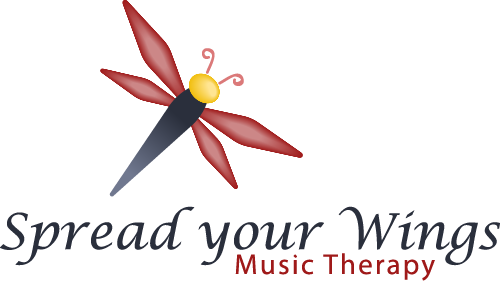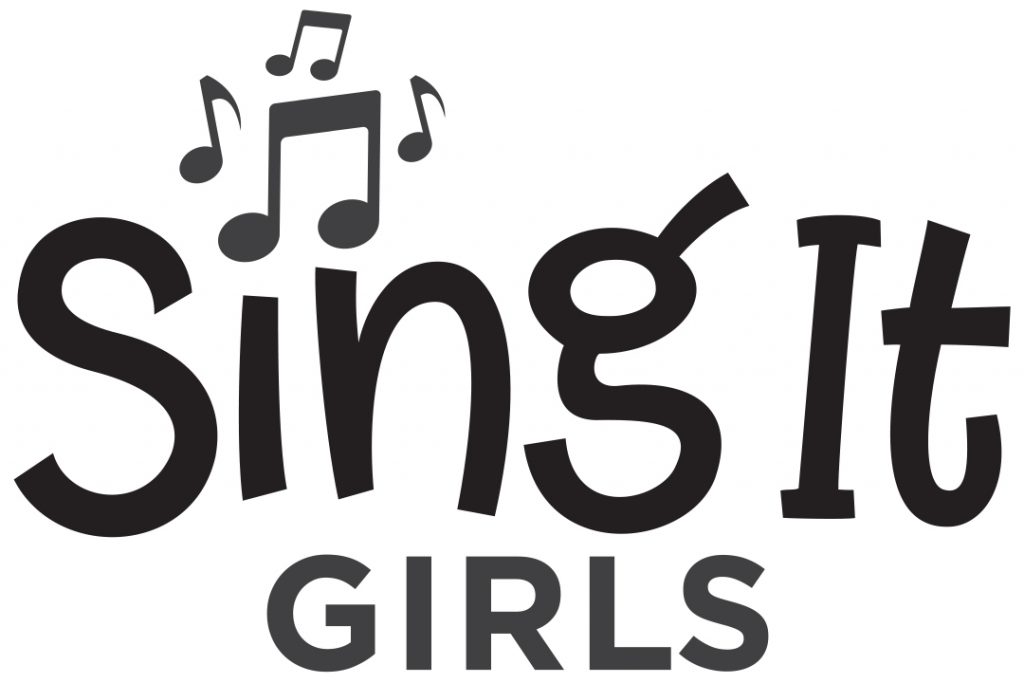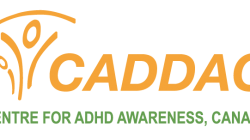This past weekend, I attended the Music Therapy Association of Ontario’s annual conference in my beautiful hometown of Ottawa, Ontario. I was honoured to have received the MTAO’s bursary, covering the cost of registration for the conference. And now I want to share with all of you, everything that I learned and discovered!
MTAO Conference Take-Aways
- March 4, 2020
- Laura Teutsch
- No Comments

The first presenter was Dr. Cheryl Jones of Con Brio Music Therapy in Ottawa. Cheryl is deep in the world of Neurologic Music Therapy in work with patients who have suffered brain trauma and neurodegenerative disorders. Cheryl’s presentation covered types of speech impairment and their causes as well as the ways that music can contribute to retraining the brain’s functioning. Let me introduce you to the very tiniest tip of the iceberg.
The brain’s speech pathways are located in the left hemisphere, therefore, a speech impairment (or aphasia) occurs when there is damage to the left side of the brain. Music, which as is fairly common knowledge, activates both sides of the brain, can assist in engaging the right hemisphere and creating new neural pathways. While singing has so much in common with speech, it is also separate in the brain, which is why it is possible for an individual to lose their ability to speak and still be able to sing out their favourite tunes. In this way, a music therapist with neurologic training can use melody and rhythm to rehabilitate the prosody and pacing of speech.
I am thrilled that my learning in this area will continue in May when I take the Academy of Neurologic Music Therapy’s training program.
This is a twelve-week program in which each session has a different theme: trust, courage, responsibility, love, creativity, unity, altruism, discipline, gratitude, wisdom, intuition, and harmony. Larissa’s program is based on developmental theories and a “heart-centered model” in which the belief is that love resonates between people the same way that two tuning forks resonate together. It is suggested that Loving-Kindness be practiced throughout the sessions (and perhaps at all times). In a therapeutic relationship, the strength of said relationship is often considered the most important aspect of effective therapy. Larissa’s love for each of her clients was clear throughout her presentation as she embodied this “heart-centered model”.
After a delightful lunch, catered by a local company, and an opportunity to network with other Ontario based music therapists, we continued with a presentation from PhD candidate Kyurim Kang. Kyurim presented on the topic of her PhD thesis research. This was a fascinating topic involving interbrain synchronization. Now if you’re like me, you’re probably wondering what that could possibly mean. Interbrain synchronization is all about the brainwaves of two more people becoming synchronized during social interactions. Kyurim, in her research, is attempting to understand how the brainwaves of a music therapist and a client interact during music therapy sessions and during storytelling sessions. The exciting implications of this research include the idea that there is a physiological expression of empathy (it was noted that prior research shows that brainwaves are more synchronized when someone is showing empathy to another person), allowing healthcare teams to adopt appropriate care strategies and ensure the highest quality of life possible for everyone that we care for.
Next, a presentation from Noreen Donnell, music therapist and co-creator of ComMusicate. ComMusicate is a program designed by and intended to be run by a music therapist and a speech/language pathologist together. Noreen gave us the basic structure of the program and strongly iterated the core belief of ComMusicate: that communication is a basic human right. The goal of these group sessions therefore is that each and every client is given the opportunity to communicate in the way that best suits their abilities and needs, through verbal and non-verbal means.
Finally, a presentation from Adrienne Pringle, music therapist of Beyond The Studio, informed us of the wonderful program, Sing It Girls. This program was founded by Adrienne and a partner who noticed in their own daughters that singing provided a buffer for the stress, depression, and low self-esteem that are more common in adolescent girls than in adolescent boys. These group singing sessions provide opportunities for girls to form strong connections with other females and to be themselves in a safe and supportive environment. Group singing is known to have physical, psychological, social, and emotional benefits and intrinsically motivates the girls to strive for growth.
Wow. That’s a lot that I learned. And that was just a summary. But one of the most memorable parts of the conference for me was the opportunity to meet other new music therapists. I connected with another music therapist who is starting her own business in Hamilton, ON. We shared beautiful success stories but also sympathized with each other’s struggles, offered ideas, and assuaged feelings of isolation. I also reconnected with peers who were in several of my classes during my undergraduate degree at the University of Ottawa. These peers are also on a music therapy journey and it was wonderful to hear about their experiences since I saw them last in Ottawa.
Once again, I would like to offer a huge thank you to the Music Therapy Association of Ontario for hosting this conference and for funding my attendance at the conference.







